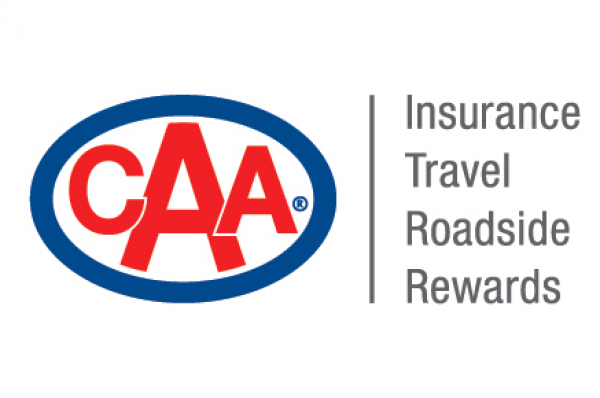As summer approaches and more cyclists are out on the roads, CAA South Central Ontario (CAA SCO) is enhancing its CAA Bike Assist service. More than 70 new bike racks have been installed on roadside assistance trucks in the Greater Toronto Area (GTA).
For over 10 years, CAA Bike Assist has been serving cyclists who find themselves on the side of the road with a punctured tire or broken chain. The new bike racks help CAA drivers safely transport members and their bikes home or to a nearby bike shop. CAA drivers are also trained on how to tighten seats, adjust handle bars and replace chains.
“CAA has a long history when it comes to cycling safety,” says Michael Stewart, community relations specialist, CAA SCO. “We are committed to keeping members safe, no matter how they get from point A to point B. These new enhancements to our member services are designed to help give cyclists peace of mind when they are on the road.”
CAA has also expanded its popular TripTik Travel Planner to offer suggested bike routes. Within North America, cyclists can now plan specialized routes, like TripTiks for motorists, with stopping points and amenities along the way.
“The online maps currently available to cyclists don’t indicate if the selected route is going to be safe,” said Kaitlynn Furse, manager, public relations, CAA SCO. “The bike routes in the TripTik Travel Planner have been vetted to give cyclists the confidence that they are taking the safest route to their destination.”
Members can find bike routes around a specific area or for a desired destination. To create a Bike Route TripTik, members can visit their local CAA store, call Member Services or use CAA’s TripTik Travel Planner online.
Some tips for sharing the road safely include:
- Be aware. Pay attention and make eye contact. Be courteous and do not use headphones or mobile devices while driving or cycling.
- Ride with traffic. Riding against traffic flow is dangerous, illegal and a leading cause of car-bike collisions. Clearly marked contraflow bike lanes are the only exception.
- Keep a safe distance. Whether cycling or driving, keep a safe distance from other cars and bikes; leave enough space for everyone to maneuver safely.
- Protect yourself. Drivers, use your seat belts. Cyclists, wear your helmet.
- Be visible. Use reflectors and lights after dark and on cloudy or foggy days.
- Be predictable. Signal your intentions and obey traffic signals and signs.
Visit your local CAA store to pick up a free ‘Watch for Bikes’ decal. The decal is applied to the side view mirror of cars and is a constant reminder to watch for bikes when changing lanes or opening a car door. Cyclists can prepare and plan ahead with the purchase of safe biking accessories by visiting ShopwithCAA.com or a local CAA store.
Learn more cycling safety tips and try CAA’s Bike Quiz and Road Test to put your knowledge to the test before heading out on the road.





